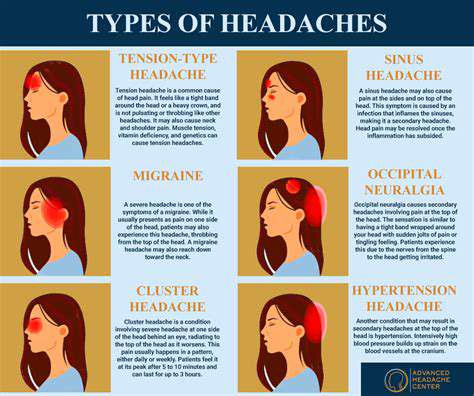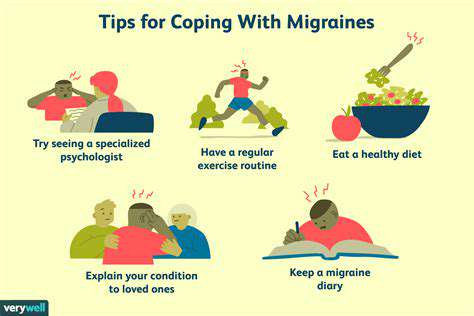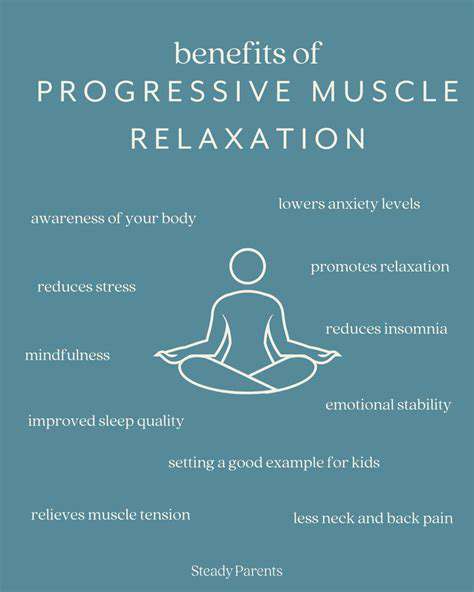Explore comprehensive insights into migraines and headaches including causes, triggers, treatments, and natural remedies. Empower yourself with knowledge to manage pain effectively and improve your daily well-being
Navigating Disability Claims for Chronic Migraine
Aug 02, 2025
Adapting Hobbies to Accommodate Migraine Needs
Aug 02, 2025
Managing Migraines in the Workplace: Tips for Success
Aug 02, 2025
The Role of Occupational Therapy in Adapting Daily Life with Migraines
Aug 02, 2025
The Role of Histamine Intolerance in Some Headaches
Aug 01, 2025
Understanding the Placebo Effect in Migraine Treatment
Aug 01, 2025
Celebrating Your Resilience: Living a Fulfilling Life with Migraines
Aug 01, 2025
Making Your Home Environment More Migraine Friendly
Aug 01, 2025
Artificial Sweeteners and Migraines: What's the Evidence?
Jul 31, 2025
Building a Support Network: Friends, Family, and Professionals
Jul 31, 2025
Q&A: Natural Remedies for Headaches Explained
Jul 31, 2025
How to Prepare for a Telemedicine Appointment for Migraines
Jul 30, 2025
How to Explain Your Migraines to Friends, Family, and Employers
Jul 30, 2025
Altitude Sickness Headaches: Prevention and Relief
Jul 30, 2025
What is Allodynia in Migraine? When Touch Becomes Painful
Jul 29, 2025
Using Progressive Muscle Relaxation for Tension Relief
Jul 29, 2025
Finding Joy and Maintaining Hobbies Despite Migraines
Jul 28, 2025
How Journaling Can Improve Migraine Management and Well being
Jul 28, 2025
Tracking Triggers with Apps: Technology to Help Manage Migraines
Jul 28, 2025
Setting Realistic Expectations When Managing Migraines
Jul 28, 2025
Celebrating Small Victories in Your Migraine Journey
Jul 27, 2025
Advocating for Yourself with Healthcare Providers
Jul 27, 2025
How Positive Affirmations Can Support Mental Well being with Chronic Pain
Jul 27, 2025
Improving Your Quality of Life Despite Chronic Pain
Jul 27, 2025
Staying Hopeful: Advances in Migraine Research and Treatment
Jul 27, 2025
Are Your Headaches Genetic? Exploring the Family Link
Jul 26, 2025
Understanding Triptan Sensations vs. Side Effects
Jul 26, 2025
Athletes and Headaches: Prevention and Treatment
Jul 26, 2025
Understanding Brain Fog Associated with Migraines
Jul 26, 2025
The Importance of Patience in Finding the Right Migraine Treatment
Jul 26, 2025





























